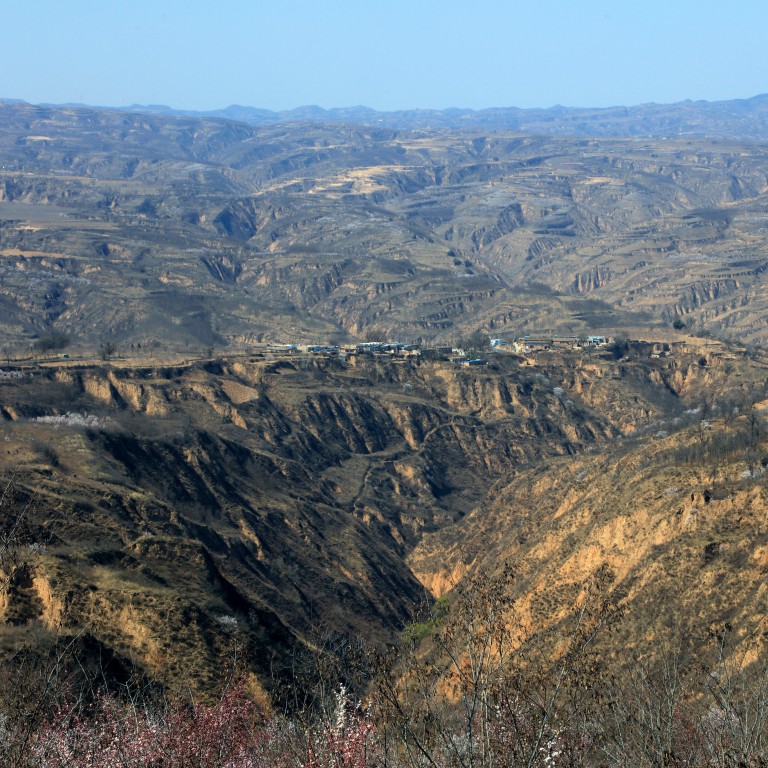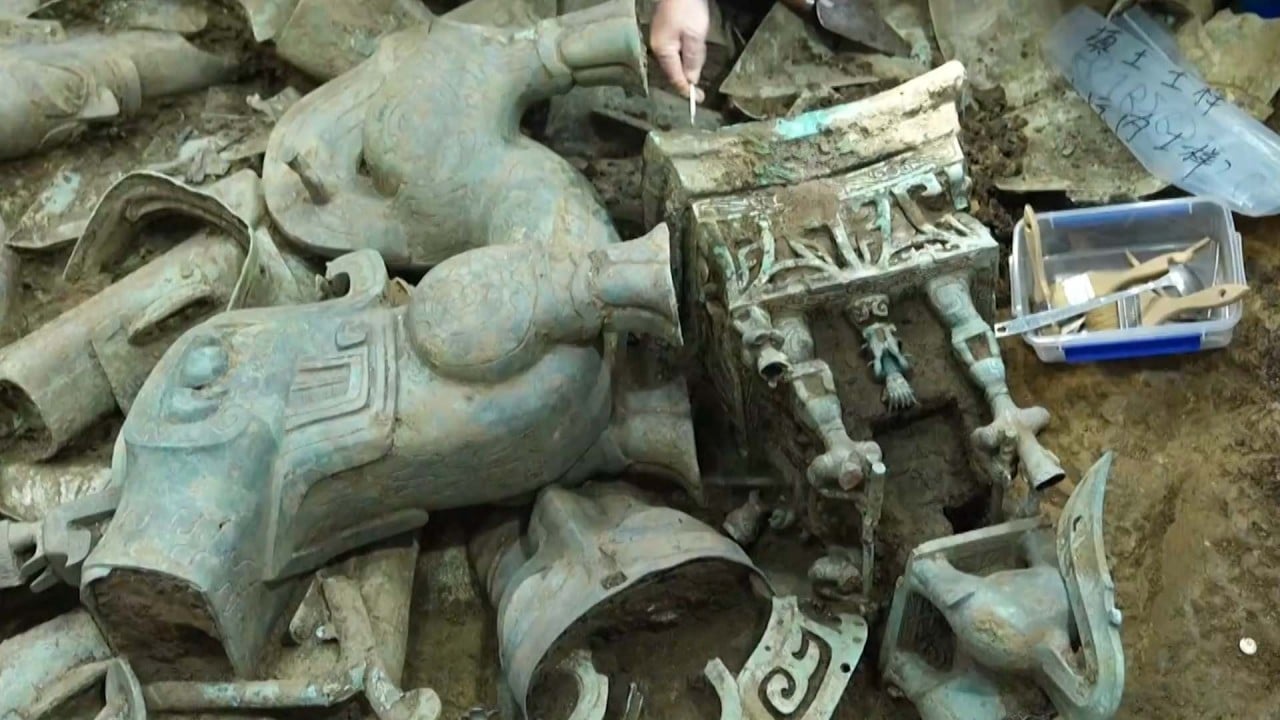
Did rapid climate changes trigger social unrest in China over past 4,000 years?
- China-US team of researchers finds links between cold, dry periods and episodes of large-scale civil disruption in lake sediments
- Study identifies ‘intricate’ relationship between climate patterns and the disruptive migrations of nomadic tribes
“Our study enhances the understanding of climate change and the historical evolution of ancient civilisations in northern China by providing crucial insights into effective moisture dynamics,” the researchers said.
The team included scientists from the CAS’ State Key Laboratory of Lake Science and Environment, the Key Laboratory of Surficial Geochemistry at Nanjing University and the Department of Earth Science at the University of California, Santa Barbara.
How an ancient Chinese city used ‘collective power’ to divert flood threats
To find out the precise role of climate change in ancient social unrest, the team looked for clues in northern China’s Central Plains region, where an agrarian civilisation emerged around 4,000 years ago.
The researchers took sediment samples from Beilianchi Lake on the Loess Plateau, an area of recurrent episodes of large-scale unrest which changed societal structures and dynastic cycles, as well as significant shifts in climatic conditions over four millennia.
“These episodes were marked by extended civil peasant uprisings and/or incursions from northern nomadic tribes, often spanning decades to centuries,” the research team said.
Preserved sediments from the small lake – about 20,000 square metres (215,278 sq ft) – yielded enough reliable evidence of effective moisture changes for the team to reconstruct a well-dated and sensitive record.
The researchers identified four dry and three wet periods in northern China from the sediment record, which they integrated with mean annual precipitation and temperature records.
The team then turned to Chinese history to discover how the records matched with the episodes of unrest that marked today’s Shanxi province on the Loess Plateau, a “transition zone” between the agrarian Central Plains and lands inhabited by nomadic groups since ancient times.
Archaeologists find centre for ancient Chinese philosophers from 2,300 years ago
Three major episodes – in the Spring and Autumn period from 770-476 BC, the Warring States period (475-221 BC), and the 220-581 AD Wei, Jin, Northern and Southern dynasties – were studied, as was the Five Dynasties and Ten Kingdoms period of 907-979 AD.
The researchers observed that the frequency of wars in the region during these three episodes, as well as the Ming dynasty in 1450-1600 AD “generally coincide with dry-cold conditions”.
“In the fragile ecology of semi-arid and semi-humid northern China, climate deterioration would diminish land productivity and accelerate ecological deterioration, which might induce civil wars due to recurrent food shortages,” they said.
But the researchers noted that not all cold-dry periods saw broad civil social unrest and frequent wars, suggesting that “intensified social tensions represent a primary and likely more significant factor contributing to episodes of large-scale social unrest”.
They pointed to three powerful and enduring empires – the Zhou, Han and Tang dynasties – that each experienced episodes of civil social unrest because of sociocultural factors and maladministration, rather than changes in climate.
The researchers also identified “a more intricate relationship between climate and large-scale external aggression events, specifically the southward migration of the nomadic tribes to the Central Plains”.
Two of the main migration events – in 590-310 BC and 907-1368 AD – occurred in a moist and warm climate.
The third, during the Qing dynasty of 1636-1912 AD, happened in cold-dry conditions and saw the Central Plains governed by the northern nomadic tribes for an extended period.
“The discrepancy in climate conditions during these southward migration events may be attributed to several factors, including chronological uncertainty of climate records and/or different social and economic backgrounds during the various southward migration periods,” the researchers said.


